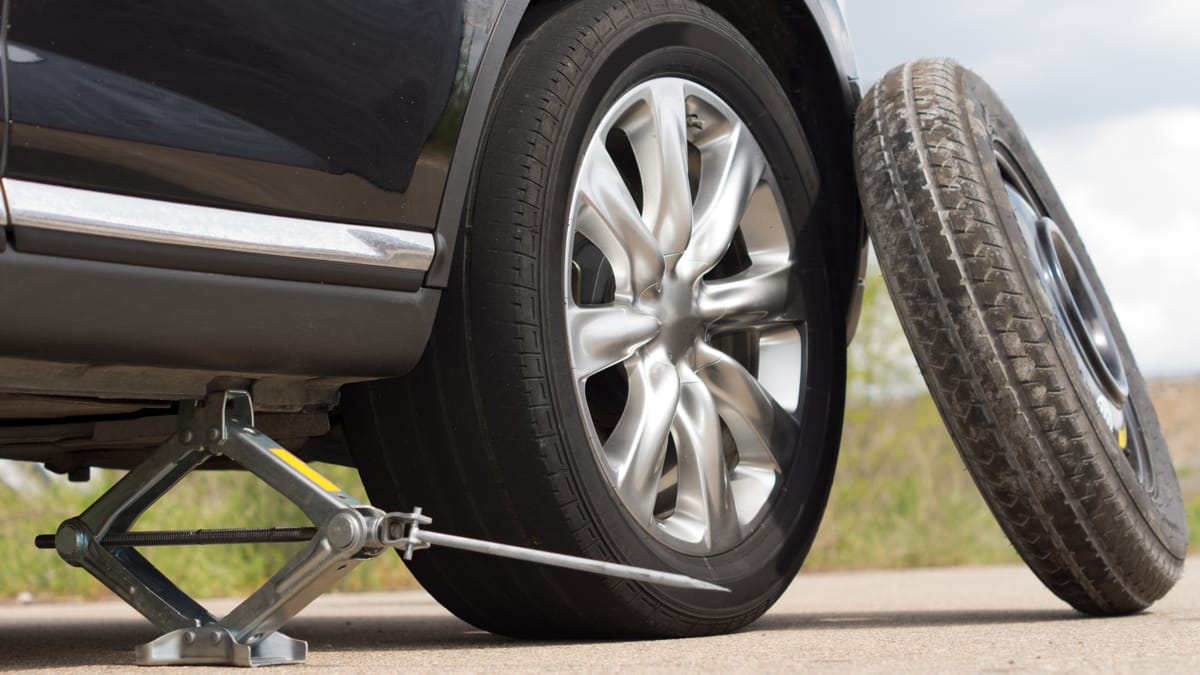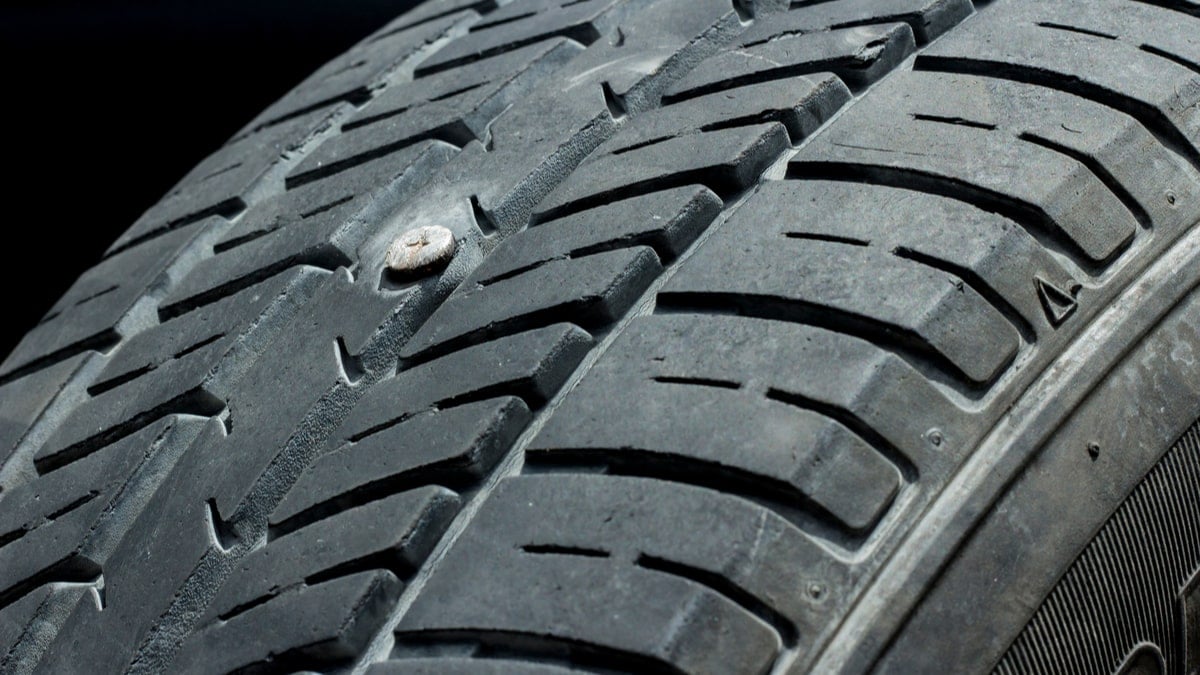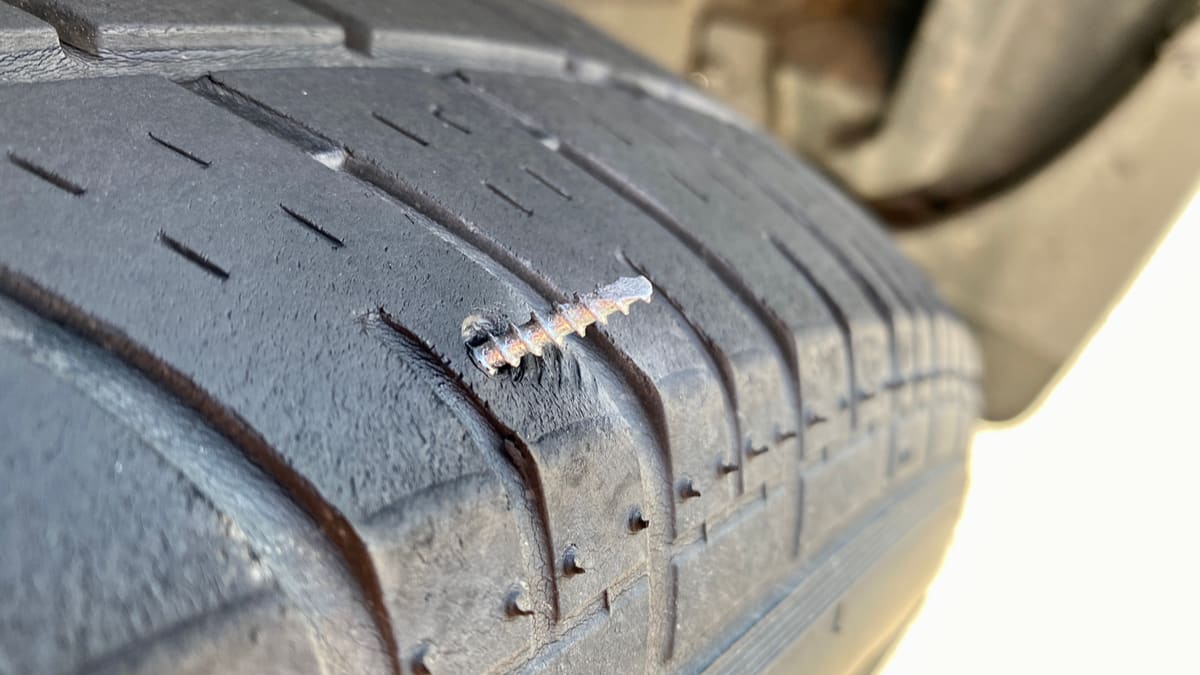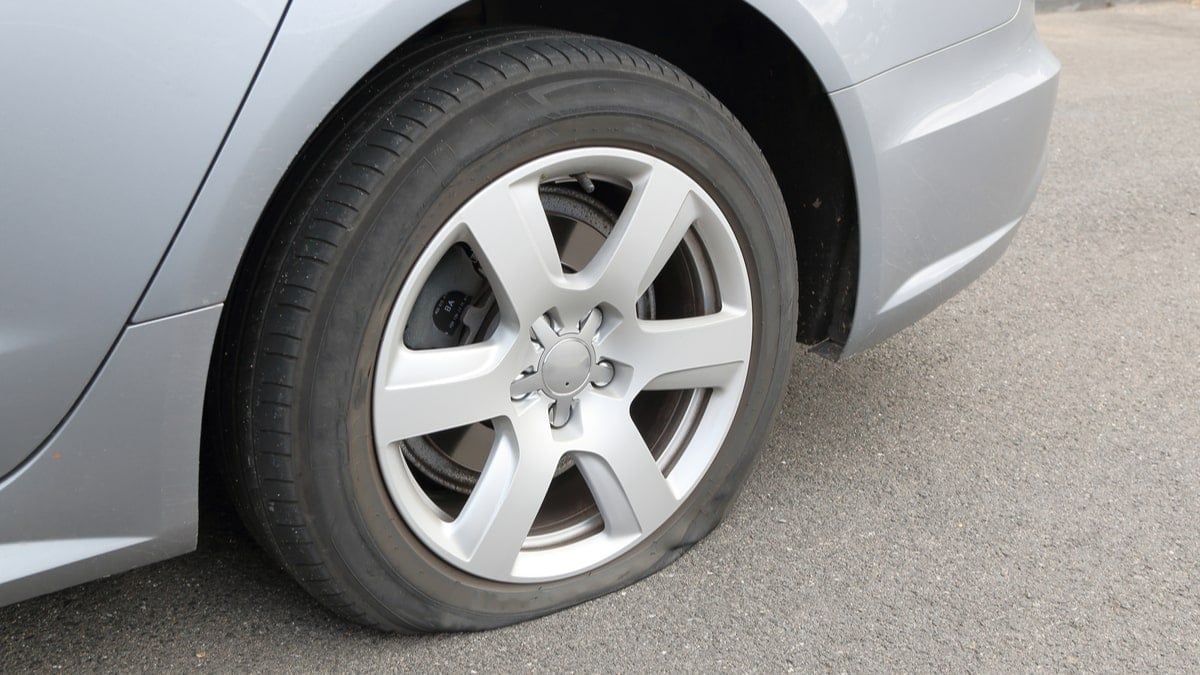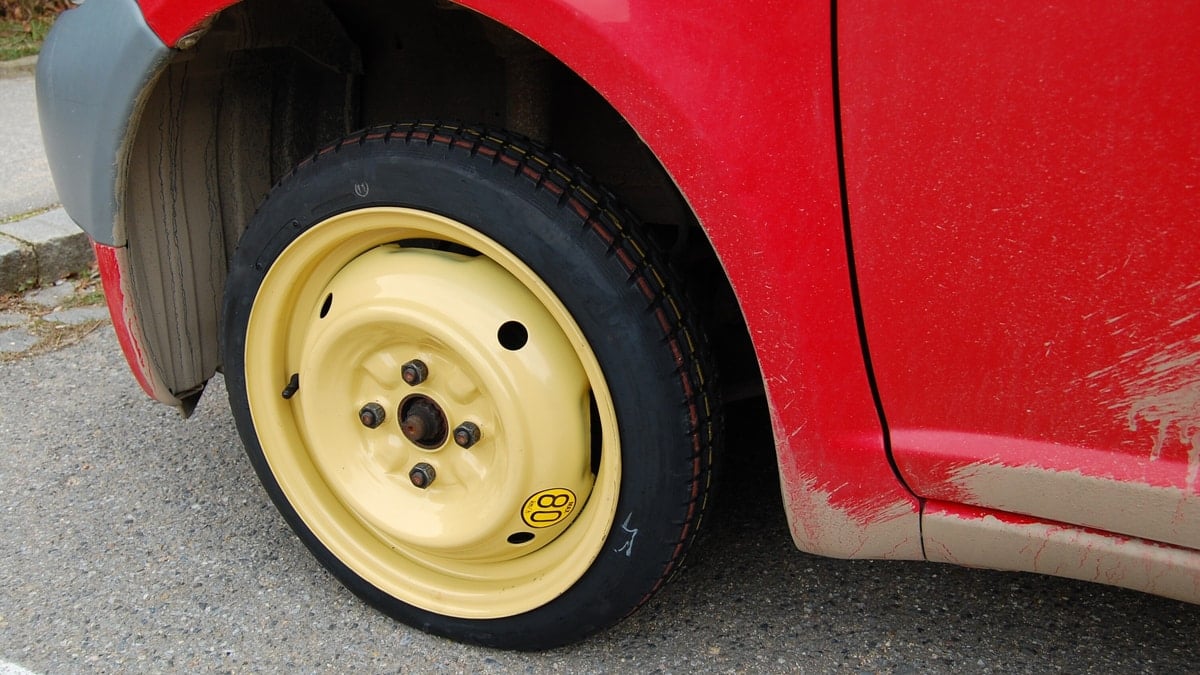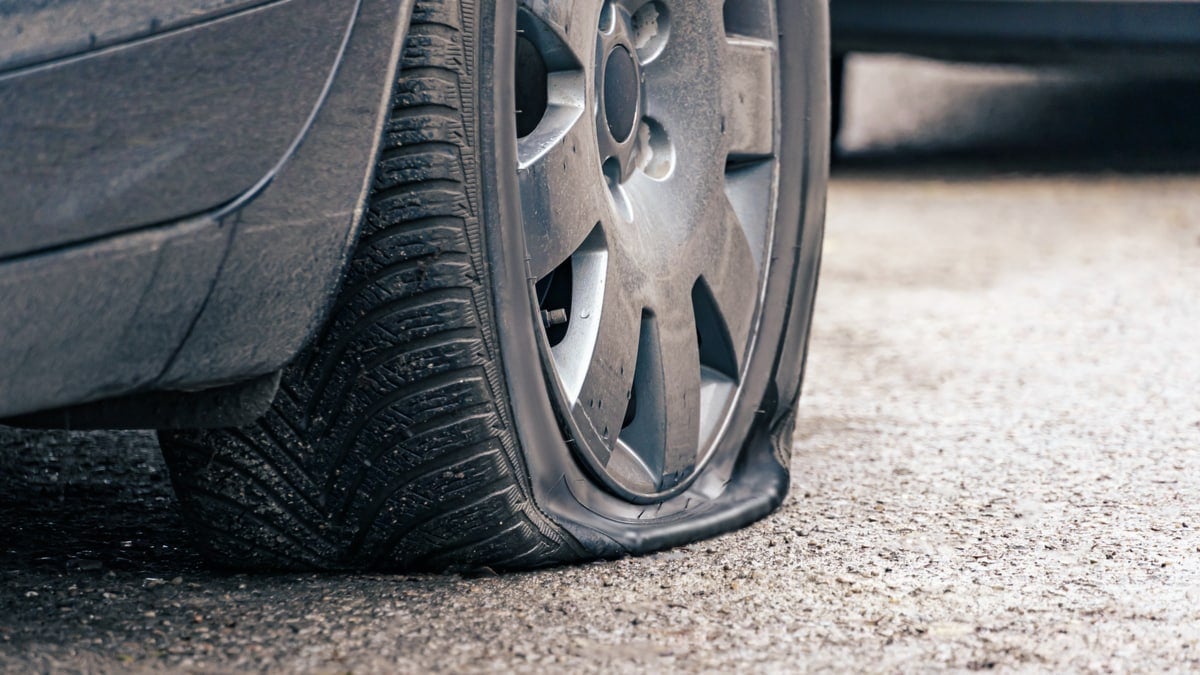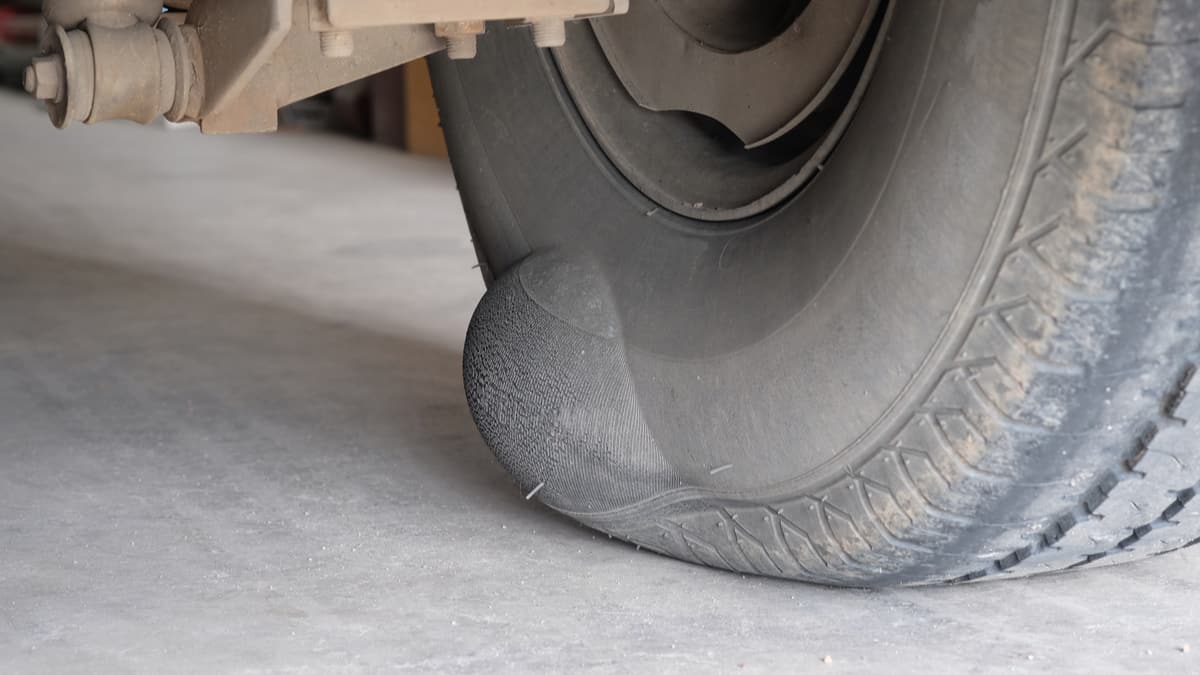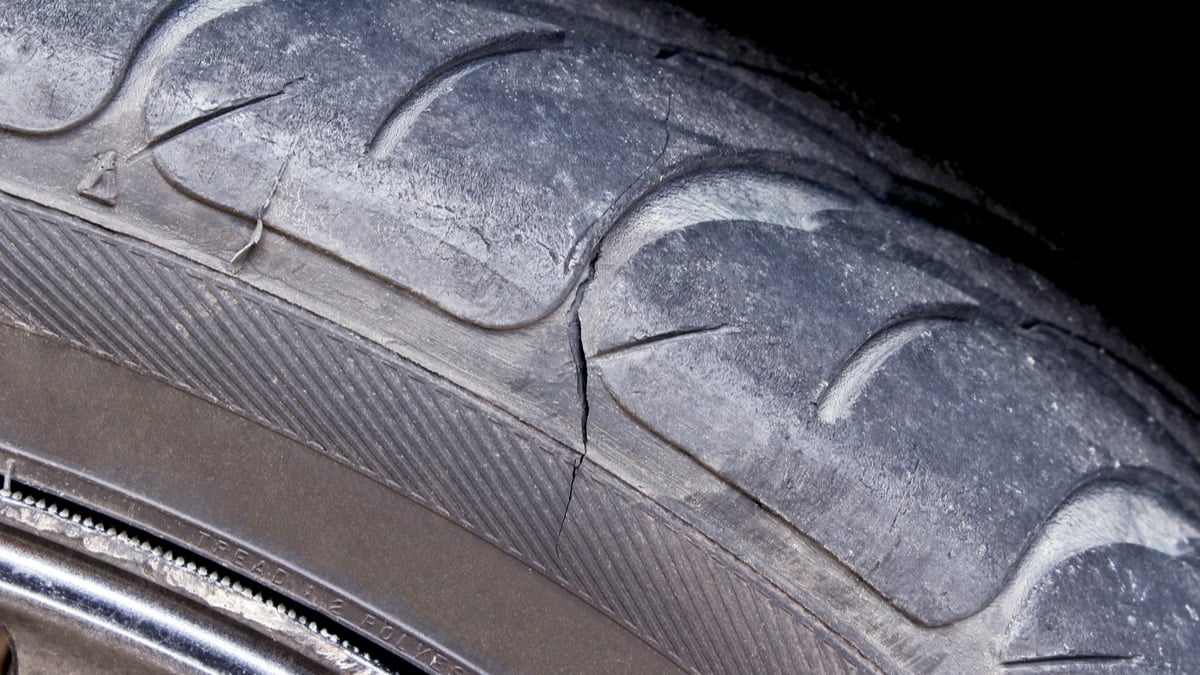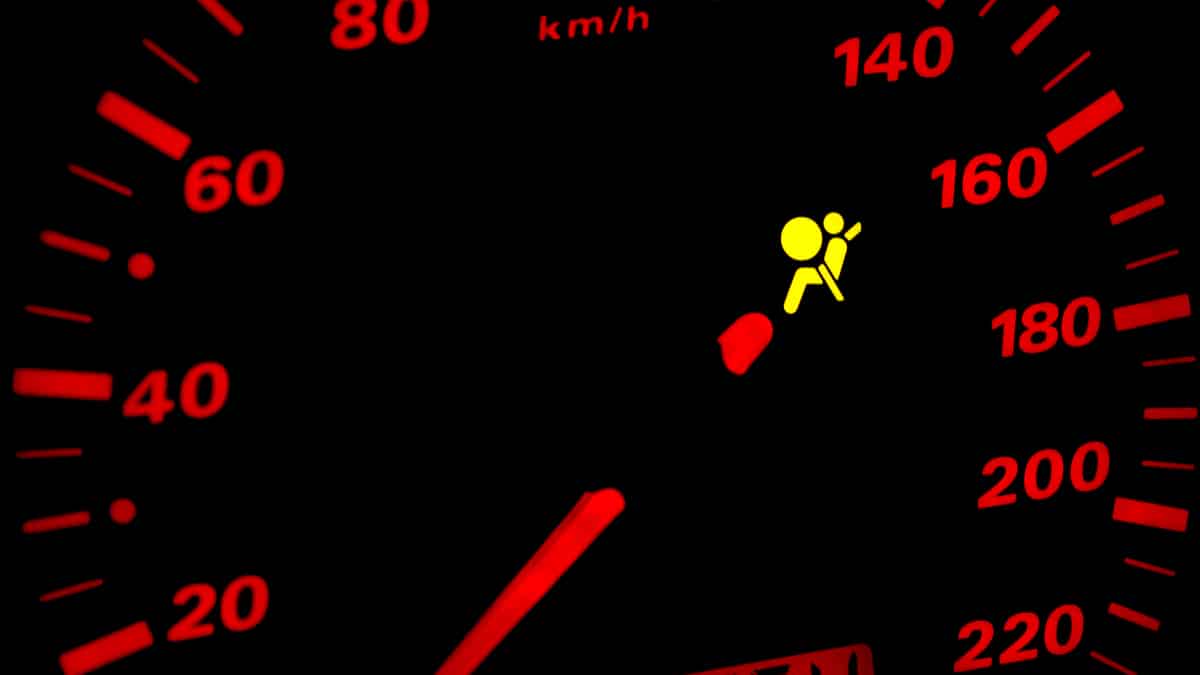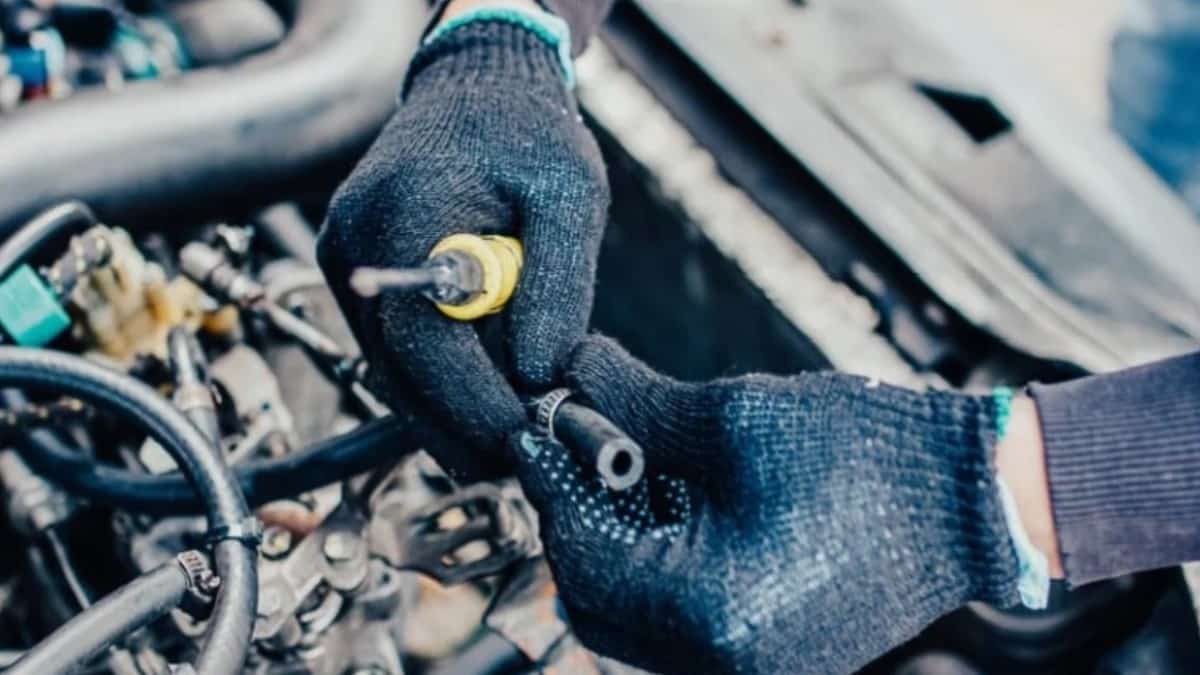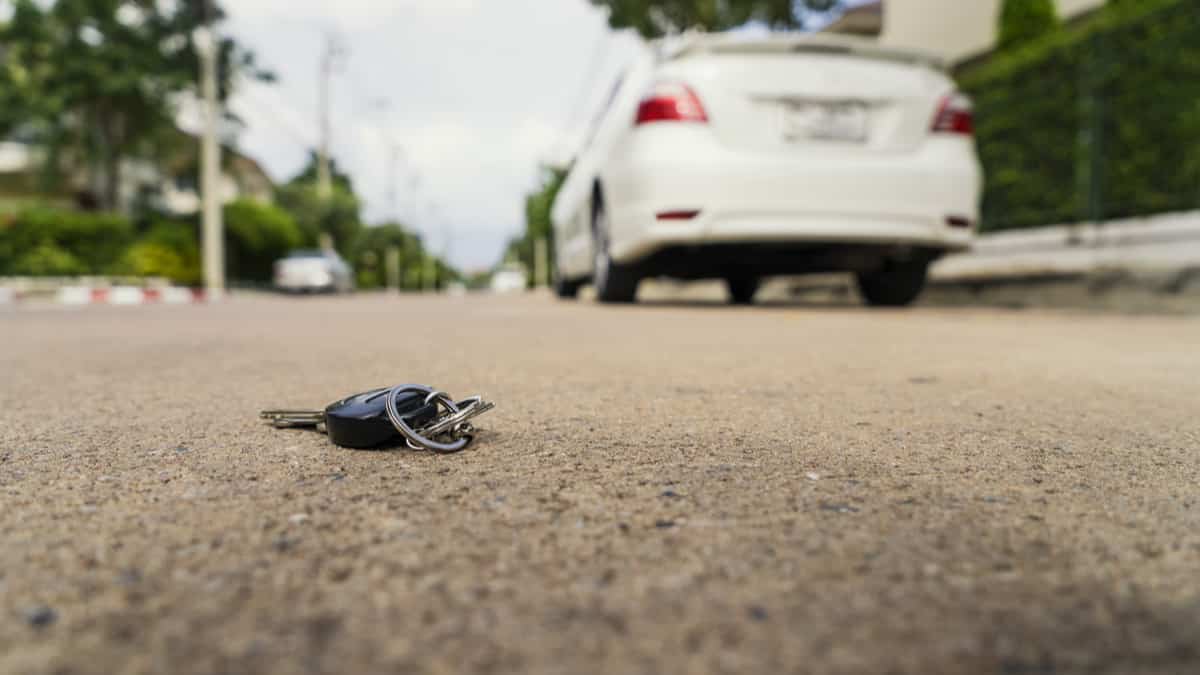Dealing with a flat tire is never fun, but if you have a spare, you will at least be able to get to a tire shop. If you have a lot of luck on your side, the shop will be able to repair the tire and you will be back on the road again. However, you might find yourself asking how long you can drive on a spare, and whether it is okay to drive at normal speeds when doing so.
The answer isn’t as simple as you would think. There are different types of tires you might be replacing the flat one with. Some cars have a spare that matches the other four, while compact cars tend to have what’s known as a donut, or space-saver spare. Understanding the type of tire you are using will offer a better determination of how you can drive and the distance you can go.
How Long Can You Drive On a Spare Tire?
If you have a donut spare tire, you should not drive more than 50 miles and no faster than 40 mph, and it is highly recommended to replace it as soon as possible. If you have a full-size spare tire, it’s no problem to drive as far as with the other tires.
Driving around with a donut spare tire is a significant safety risk, and it should be replaced as fast as possible.
Distance on Spare Tire by Type
1. Full-Size Spare Tire
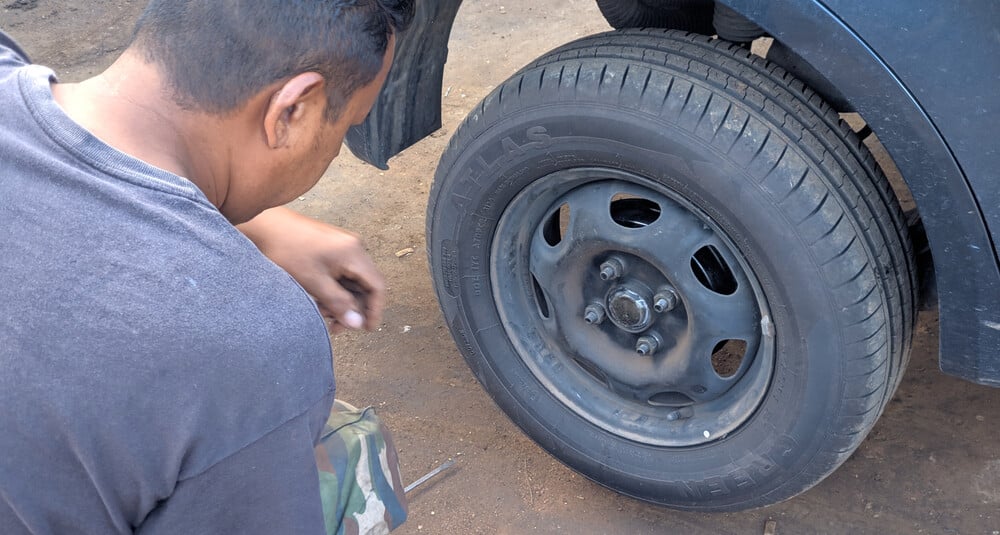
Many cars were built to hold a full-size spare in the tire well. If you have a larger vehicle, such as a truck or SUV, this is likely what you will find with your vehicle. Of course, not everyone is happy with the extra space and weight this requires, but the full-size spare drives just like your normal tire, as long as you take care of it.
The benefit to this is that you can use the spare as a regular tire and purchase a new spare if that’s easier. All the tire shop will need to do is put your spare on the original rim and check the air pressure. It’s one of the simplest and most cost-effective ways to deal with a flat tire.
On the flip side, if you haven’t used the spare in a long time, it could be a different tire from the other three on your vehicle. In some cases, this difference can cause some drivability issues. If you can’t get a perfect match, it’s often best to purchase a new tire.
2. Space-Saver/Donut Spare Tire
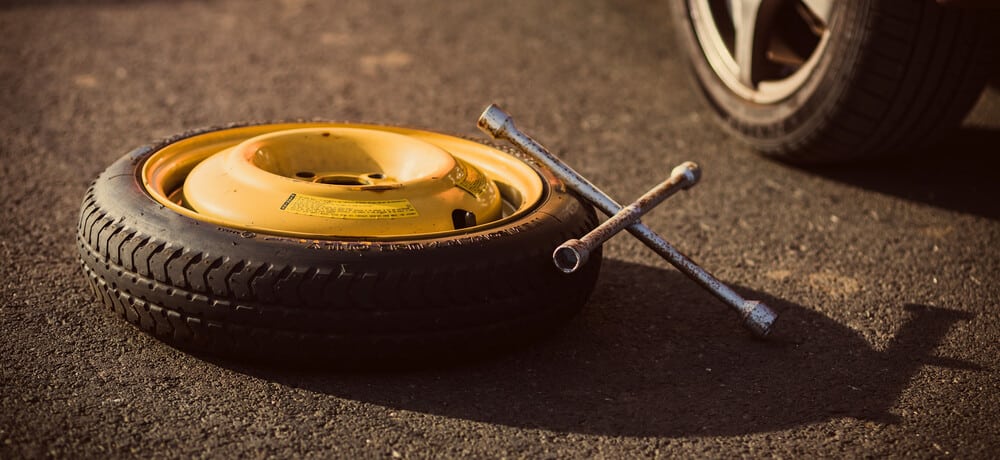
To save space, manufacturers started including a smaller spare, known as the donut. Not only does this tire need less room on the vehicle, but it’s also lightweight. These smaller tires were not built to last, but merely toget you to a repair shop.
The owner’s manual is going to offer the best recommendation for driving speed and the time that you can spend on this tire. However, it’s normally recommended that you find a shop within 70 miles and you don’t exceed 50 mph on a donut.
If you examine the tread of the compact tire, you will quickly see why you shouldn’t be relying on it. There is often little or no tread, making the tire more susceptible to blowouts and damage from road debris.
The spare tire is also thinner than your normal tires. Therefore, you may notice some handling issues, especially if the tire is put on one of the front wheels that are responsible for steering.
3. Run-Flat Tire
The run-flat tire has grown in popularity, because manufacturers are figuring out they have a lower maintenance cost than the traditional tire. You might have run-flat tires on your MINI or BMW vehicle in place of traditional tires. While these tires are meant to be tough, they aren’t going to last forever.
Run-flat tires were specifically built to handle the majority of road hazards, standing up to punctures exceptionally well. This tire isn’t going to blow out or go flat like the traditional tire. Instead, it continues to drive for about 50 miles after the puncture occurs. On the downside, these tires do cost more to replace, so you are paying for the feature when you have to buy new tires.
How Fast Can I Drive On A Spare Tire
All spare tires are rated differently. You should be able to find the recommendations on the side. The speed rating for the spare will likely be 50 mph or less unless you are looking at a full-size tire.
On top of that, you won’t want to drive it farther than necessary.
Sometimes you are in a real bind where you are farther from home than you would like while on a spare tire. The good news is, there are tire shops within just a few minutes of most anywhere in the country. However, if you have to drive further than you would like, follow the same rules as if you were driving down the street. Keep your car in the slow lane on the highway and try to drive as straight as possible. You don’t want to jerk the wheel around or make any unnecessary lane changes. If you are traveling much slower than the other traffic, you will also need to turn on your hazard lights.
By creating a plan before you need to use your spare, you know exactly what to do when this unfortunate event occurs.
Categories: Tires
